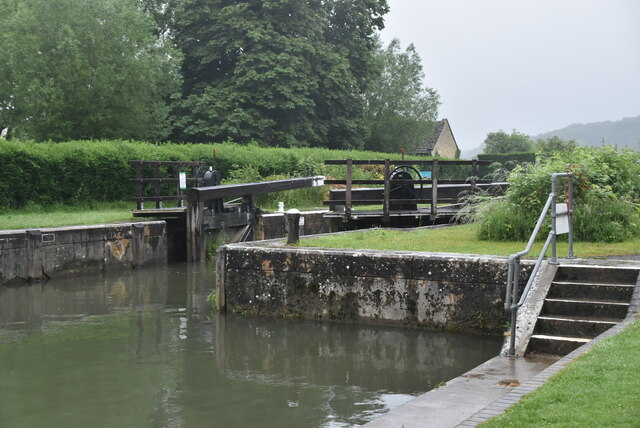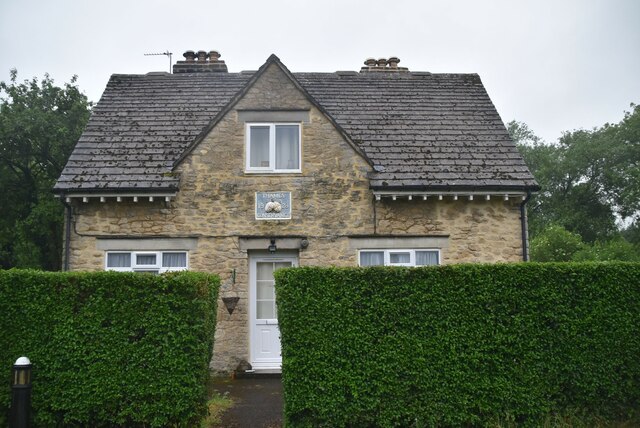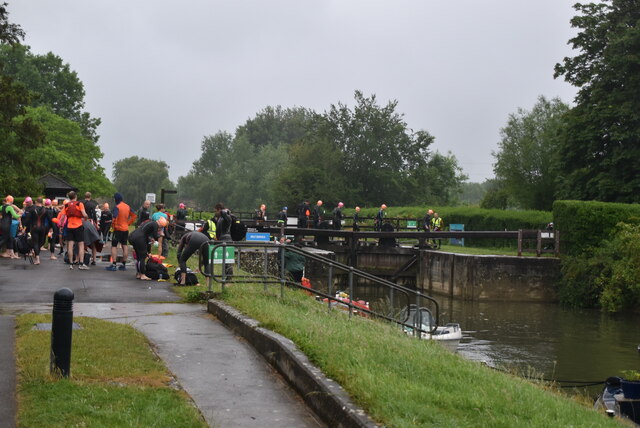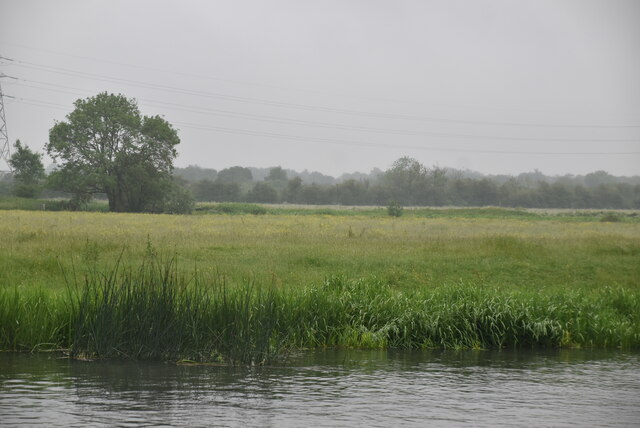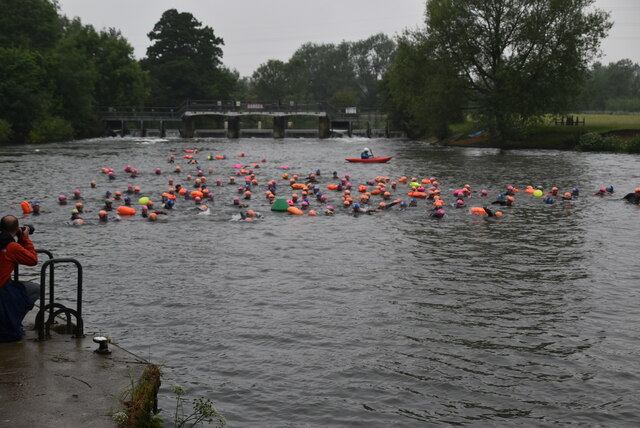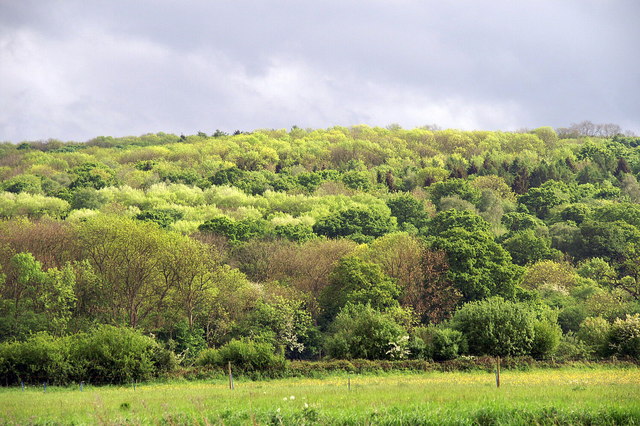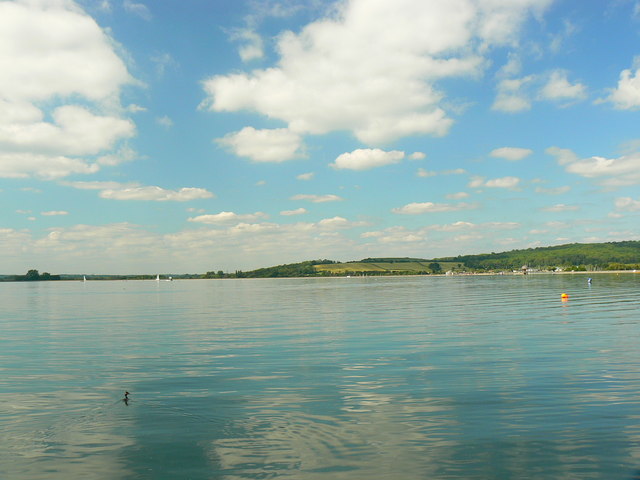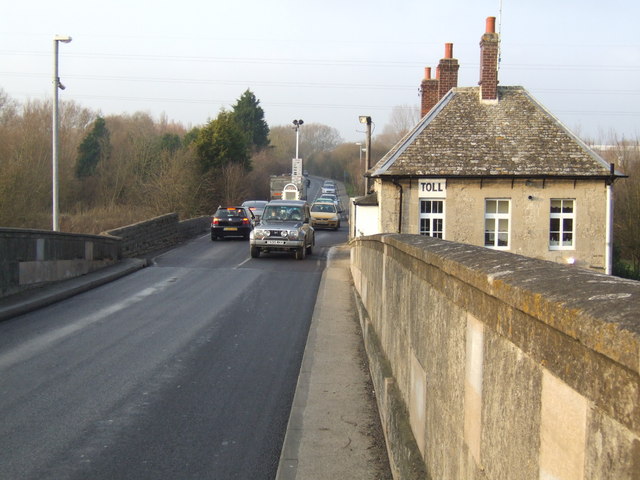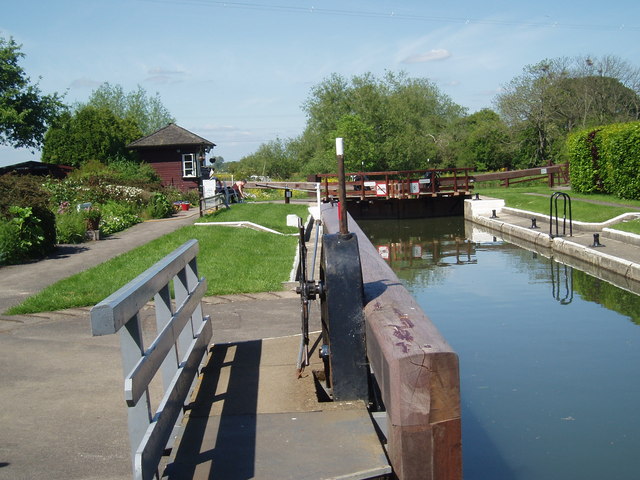Guy's Copse
Wood, Forest in Berkshire Vale of White Horse
England
Guy's Copse
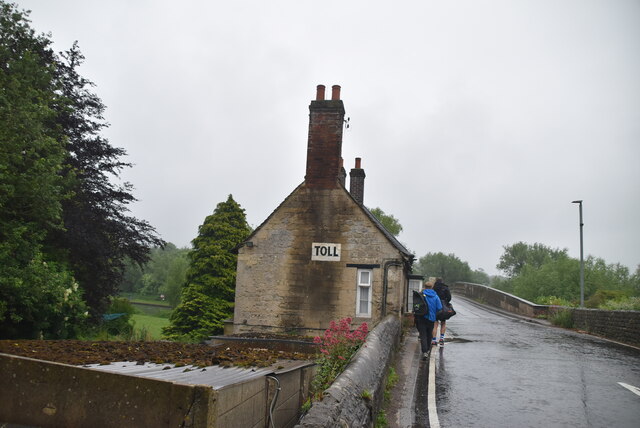
Guy's Copse is a picturesque woodland located in the county of Berkshire, England. Covering an area of approximately 50 acres, it is well-known for its tranquil atmosphere and diverse range of flora and fauna. The woodland is situated near the village of Sunningdale and is easily accessible by both car and foot.
The copse is predominantly composed of mature oak trees, which provide a dense canopy and create a shaded environment. This makes it an ideal habitat for a variety of wildlife species. Visitors to Guy's Copse can expect to encounter numerous bird species, including woodpeckers, owls, and various songbirds. Squirrels are also a common sight, as they scurry through the trees in search of food.
The woodland floor is covered with a rich carpet of bluebells in the springtime, creating a breathtaking display of vibrant colors. Other notable plant species found within the copse include wild garlic, primroses, and ferns. The abundance of these plants attracts a wide range of insects, such as butterflies and bees.
The copse is crisscrossed by a network of well-maintained footpaths, allowing visitors to explore its beauty at their own pace. These paths meander through the trees, offering glimpses of sunlight filtering through the foliage and providing a sense of tranquility. There are also designated picnic areas, allowing visitors to pause and enjoy the peaceful surroundings.
Overall, Guy's Copse in Berkshire is a haven for nature enthusiasts, offering a delightful escape from the hustle and bustle of everyday life.
If you have any feedback on the listing, please let us know in the comments section below.
Guy's Copse Images
Images are sourced within 2km of 51.764419/-1.3386329 or Grid Reference SP4507. Thanks to Geograph Open Source API. All images are credited.

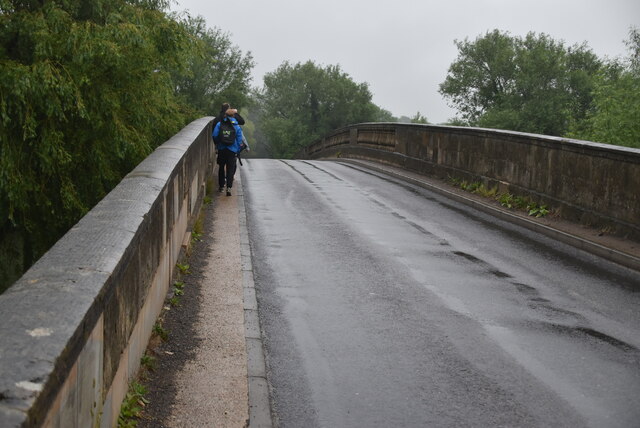
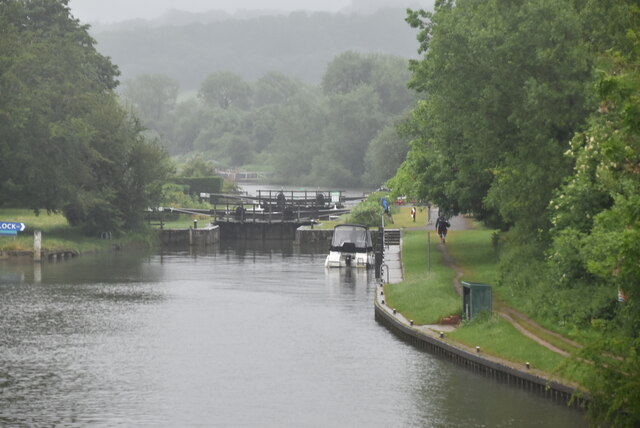

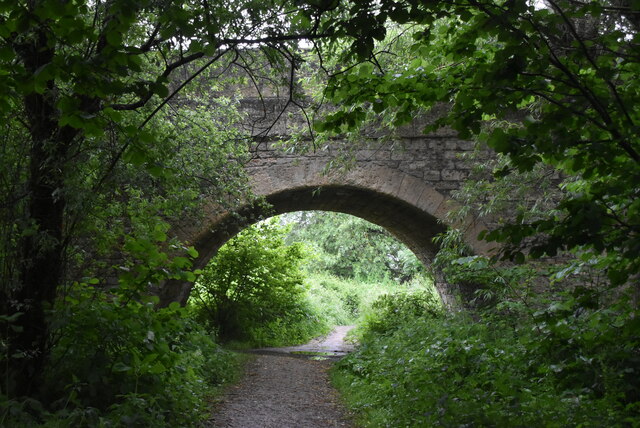
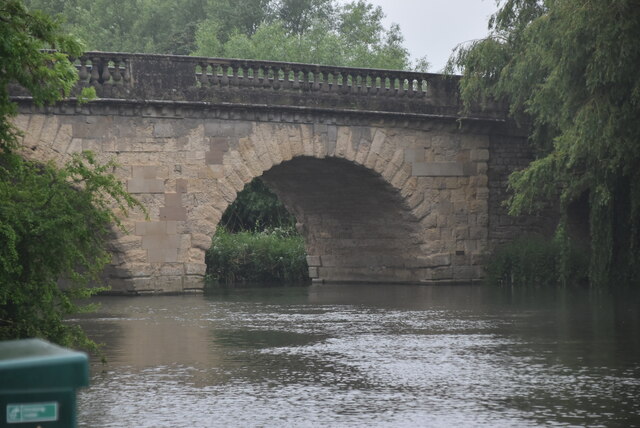
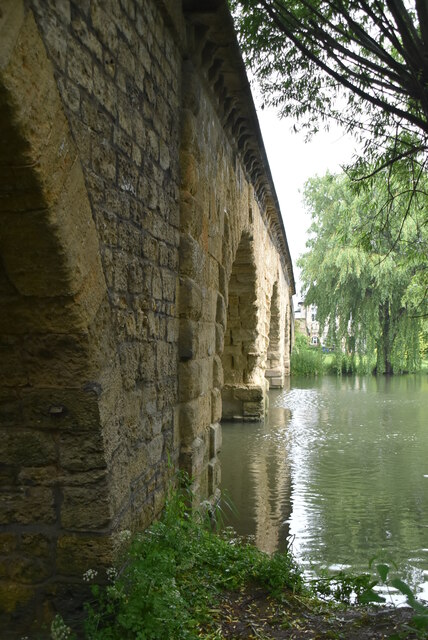
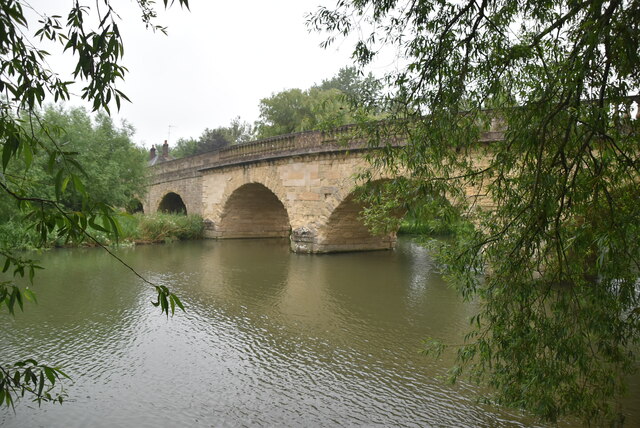
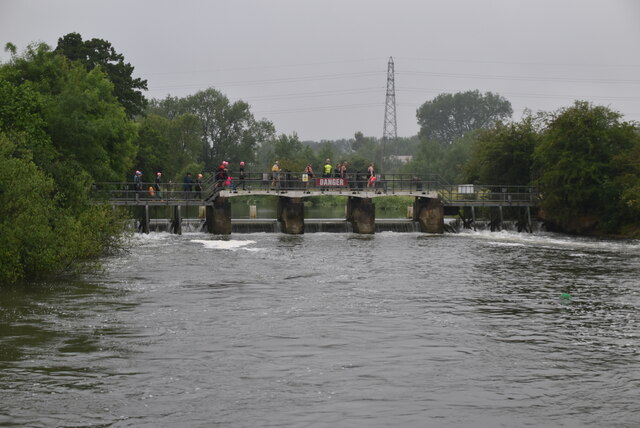
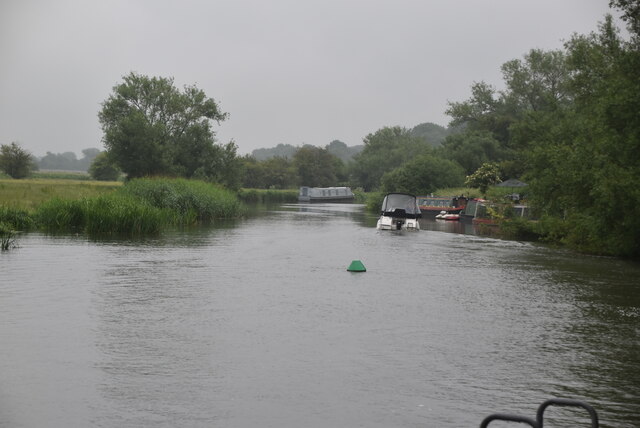



Guy's Copse is located at Grid Ref: SP4507 (Lat: 51.764419, Lng: -1.3386329)
Administrative County: Oxfordshire
District: Vale of White Horse
Police Authority: Thames Valley
What 3 Words
///convert.listen.hurricane. Near Eynsham, Oxfordshire
Nearby Locations
Related Wikis
Wytham Woods
Wytham Woods are a 423.8-hectare (1,047-acre) biological Site of Special Scientific Interest north-west of Oxford in Oxfordshire. It is a Nature Conservation...
Farmoor
Farmoor is a village 3.5 miles (5.6 km) west of the centre of Oxford, England. The village was part of Berkshire until the 1974 local government boundary...
Azad University IR in Oxford
The Azad University in Oxford (AUO) is a university campus in Oxford, England, branch of the Islamic Azad University, Iran. AUO was founded in 2004 as...
Farmoor Reservoir
Farmoor Reservoir is a reservoir at Farmoor, Oxfordshire, England, about 5 miles (8 km) outside the city of Oxford. It is close to the east bank of the...
Swinford, Oxfordshire
Swinford in the English county of Oxfordshire is a hamlet in the civil parish of Cumnor. It lies on the road between Eynsham and Farmoor (B4044) on the...
Eynsham Lock
Eynsham Lock is a lock on the River Thames in England. It is on the southern bank near Swinford Oxfordshire. The large village of Eynsham is a little distance...
Pinkhill Lock
Pinkhill Lock is a lock on the River Thames in England. It is close to Farmoor, Oxfordshire. The first lock was built of stone by Daniel Harris for the...
Filchampstead
Filchampstead is a hamlet within Cumnor Parish, Oxfordshire. Until the 1974 boundary changes it was in Berkshire. It lies on the Cumnor Road (B4017) between...
Nearby Amenities
Located within 500m of 51.764419,-1.3386329Have you been to Guy's Copse?
Leave your review of Guy's Copse below (or comments, questions and feedback).
